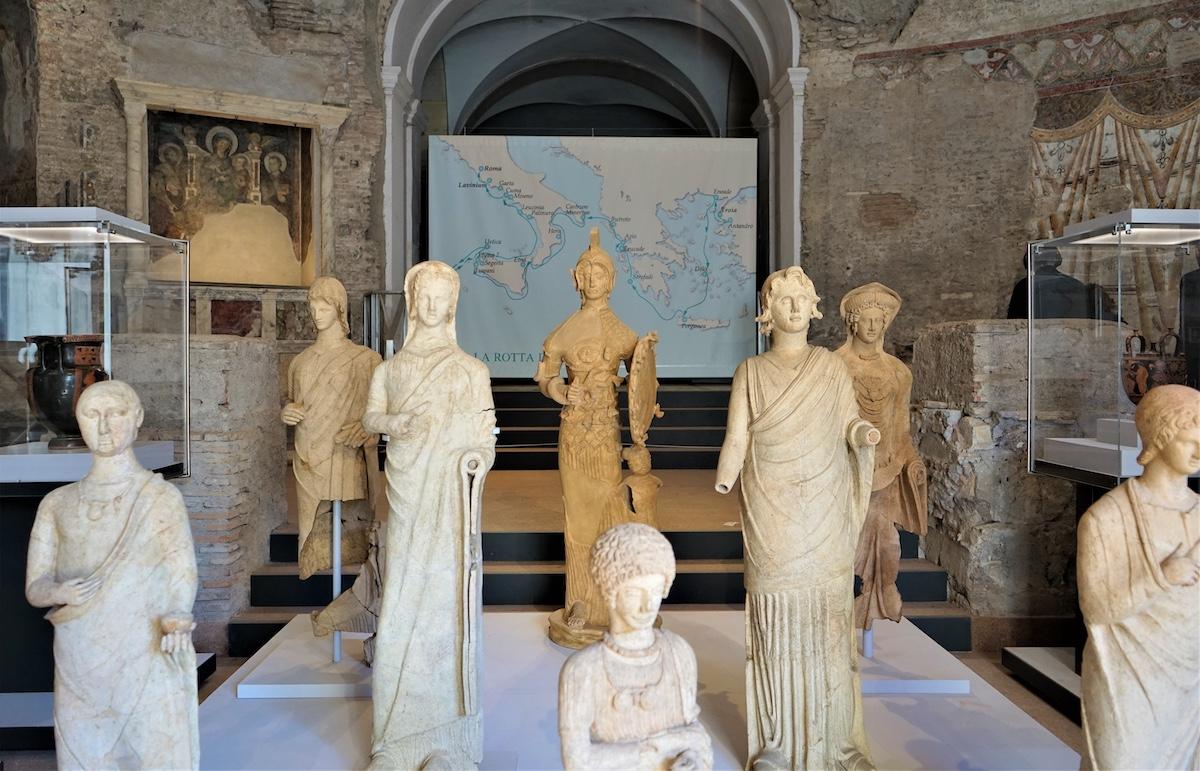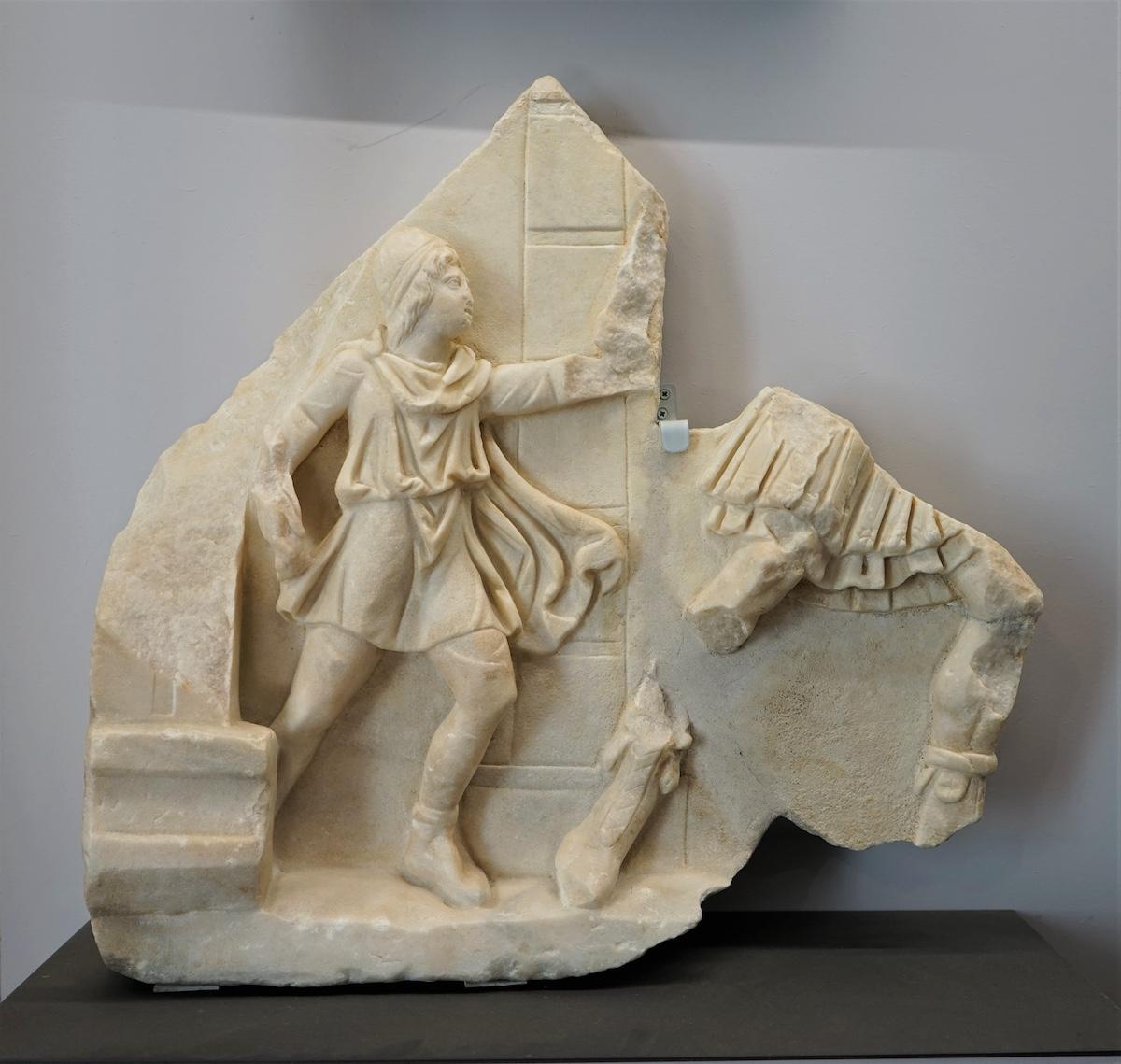The Greek playwright Aeschylus’ masterpiece, Agamemnon, revolves around the murder of the title character by his embittered wife after he returned home victorious. Euripides’ tragedy Trojan Women focuses on the fates of the female captives from that city. Odyssey’s decade of wandering across the Mediterranean is recounted in the epic by Homer.
An image depicted time and again in ancient sculpture and painting is of the fleeing Trojan Aeneas carrying his father and leading his young son away from their burning city. Aeneas’ subsequent search for a new homeland for his people led him to Italy and his descendants would go on to found Rome.
This is a myth, but it was of great importance to later Romans who did not view it as such, and the journey of Aeneas is the subject of a new exhibition in the Italian capital.































